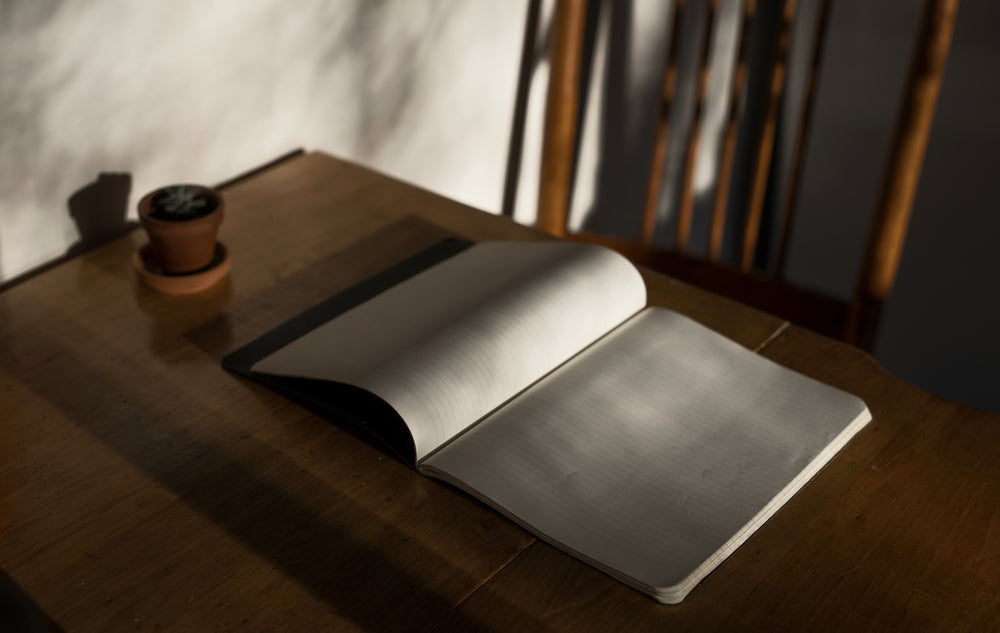How to do a bullet journal for beginners?
The bullet journal, or BuJo for short, has gained popularity as a versatile and customizable system for organization, productivity, and self-expression. Whether you're a seasoned planner or a newcomer to the world of journaling, starting a bullet journal can be an enriching and rewarding experience. In this guide, we'll explore the key components of a bullet journal, offer essential tips for beginners, and provide inspiration to kick-start your BuJo journey.
Section 1: Understanding the Basics
A. What is a Bullet Journal?
The bullet journal is a versatile organizational system that combines to-do lists, schedules, and notes in one place. It emphasizes rapid logging, indexing, and the use of symbols to represent tasks, events, and notes.
B. Essential Supplies
To start a bullet journal, you'll need a notebook, pens, and possibly additional supplies such as washi tape and stickers. Opt for a quality notebook with dot grid or blank pages for flexibility in layout and design.
Section 2: Setting Up Your Bullet Journal
A. Creating Key Collections
Start with key collections like the Future Log, Monthly Log, and Daily Log to organize future plans and daily tasks. Customize these spreads to suit your preferences and needs, allowing for flexibility and personalization.
B. Customizing Your Layout
Experiment with various layout styles, such as minimalist, artistic, or functional, to find a format that resonates with your aesthetic and organizational preferences. Use templates and examples to inspire your layout designs and make the journal truly your own.
Section 3: Tips for Success
A. Consistency and Flexibility
Establishing consistent journaling habits is key, but don't be afraid to adapt the system to suit your evolving needs and lifestyle. Embrace the flexibility of the bullet journal system to make it work for you.
B. Time Management and Goal Setting
Use the bullet journal to track tasks, deadlines, and goals, integrating time management and productivity techniques into your journaling practice. Leverage the system to cultivate positive habits and achieve personal and professional milestones.
Section 4: Nurturing Creativity
A. Artistic Expression
Incorporate creative elements like doodles, hand lettering, and decorative techniques to personalize your bullet journal and make it visually appealing. Use your journal as a canvas for self-expression and artistic exploration.
B. Inspirational Prompts
Utilize prompts and exercises to spark creativity, mindfulness, and introspection within your journaling practice. Cultivate a sense of mindfulness and self-awareness through your bullet journaling journey.
Starting a bullet journal is not only a practical organizational tool but also a creative outlet for self-expression and personal growth. By mastering the fundamentals of bullet journaling and embracing your unique style, you can transform a blank notebook into a personalized hub of productivity and creativity.




Leave a comment